Refracting: An interview with Marc Lathuillière, by Héloïse Conésa
24 Aug 2019
Héloïse Conésa: Marc, for your latest series you chose the title Fractal Spaces. That may refer as much to the fracturing impact of the new economy on European territories and their inhabitants as to the notion of diffraction, a metaphor for the semantic richness generated by interactions between different territories. Meanwhile, your essay Territorism tells of your desire to be a citizen of the world and to find new keys to understanding what defines identity. Aren’t the titles of your pieces essential tools to perceiving the ambivalence of your vision of the world?
Marc Lathuillière: It is indeed true that when I edit photographs, I sometimes leave some aside if I can’t find a proper title for them – as if they were not yet ready to be part of the language a body of work or an exhibition is to me. They sometimes find their title and place in a series much later. You might have also noticed that some of my titles are binary, joining two words or expressions or even welding them into a neologism. This is the case with the two possible titles for my essay about landscape photography, Territorism and Interplanar: the former suggests a bond between the current reinforcement of territorial identity, notably via the image, and the responding violence; the latter means that it is by multiplying the planes of perception that landscape photography must now move away from its documentary academicism to represent a changing world.
Giving dual names to my pieces is in tune with my critical approach to photography. It is a way to suggest that they are meant to elicit at least two different readings. I also tend to introduce problems, dissensus into the image, which can take the form of binary tensions, through irony or through contrasting, masking or mirroring effects. Spaces are thus opened up within the image, allowing meanings to emerge beyond binarity. In fact, the Fractal Spaces series introduces such a double effect. The suburban landscapes I photographed are archetypes of contemporary photography – factories, low-income housing units, supermarket parking lots – except that I photograph them through curtains of trees, a form of concealment that invites the beholder to view these areas affected by the crisis from a different angle, that of the living, the animal or plant world. To enhance this, the photographs are printed on transparent film and then mounted onto a mirror. As a result, plants, streams and architecture are refracted into several layers and the viewer, as much as the context in which the photograph is displayed, is projected into this uncertain landscape. Movement is introduced into the image, which opens up onto several planes. This is suggested by the title of the series: spaces, indeed, but fractal ones. Not only refracted, as if fractured, but seen through a curtain of trees and branches, known to grow fractally, much like the expansion of the internet, which is one of the major sources of deindustrialization in these regions of the Western world.
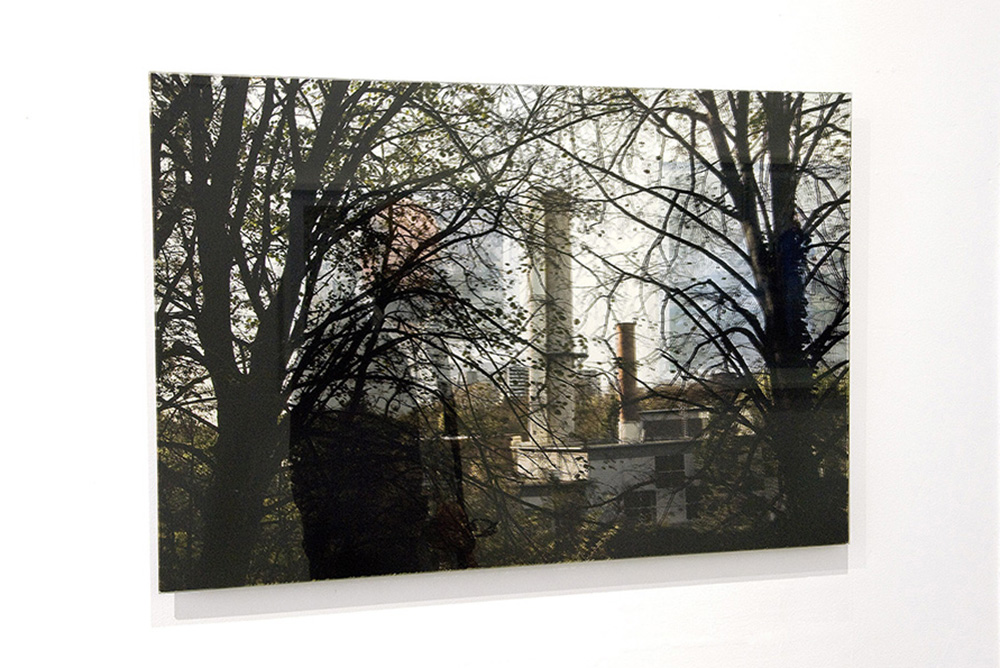
Installation view of Les cheminees [The Chimneys] (2014) from the series Fractal Spaces by Marc Lathuillière at Galerie Binome, Paris, 2018
HC: You have a background in socio-politics and have worked as a journalist for many magazines. You explain that you turned to photography in part because writing did not fully satisfy your desire to create. In your recent exhibition Fractal Factory at Galerie Binome, Paris, you displayed a piece, a kind of ‘wall of ideas’ that includes quotations and images that inspire you and gave insight into the very process of your creation – always between text and photographs. On this industrial drafting table, what was unfolding as a rhizome was indeed the territory of the work, constantly moving between words and images. How is the transition from one to the other articulated: from the reader to the writer, from the viewer to the photographer? And how do you consider the transition from the territory of the page to the territory of the wall?
ML: The book and the wall are not so far apart when considered in space, if the text and image they carry are viewed not as surfaces, but as vortexes of space-time. They must be perceived in the context they capture as much as in the semantic waves they emit in return, like bivalves filtering the sea water, or like transmitter-receivers. We know that photography captures the world and delivers a more or less faithful double of it. For me, the same goes with writing and reading. An example from my practice is my essay Territorism, which is written partly as a fictional diary, on specific dates and in specific locations: in Clermont-Ferrand, Asmara or Bangkok, for example, at a time that coincided with the escalation of tensions relating to identity in Europe. Similarly, I increasingly value reading books that I believe to be important within specific geographies: reading Thomas Pynchon’s Mason and Dixon on the edge of Dampier Strait in West Papua, Arjun Appadurai’s After Colonialism on a terrace overlooking southern Beirut, or Robert Smithson on an isolated beach on the Glénan Islands [1], were very powerful experiences for me. Experiences that bring the world into the text and the text into the world.
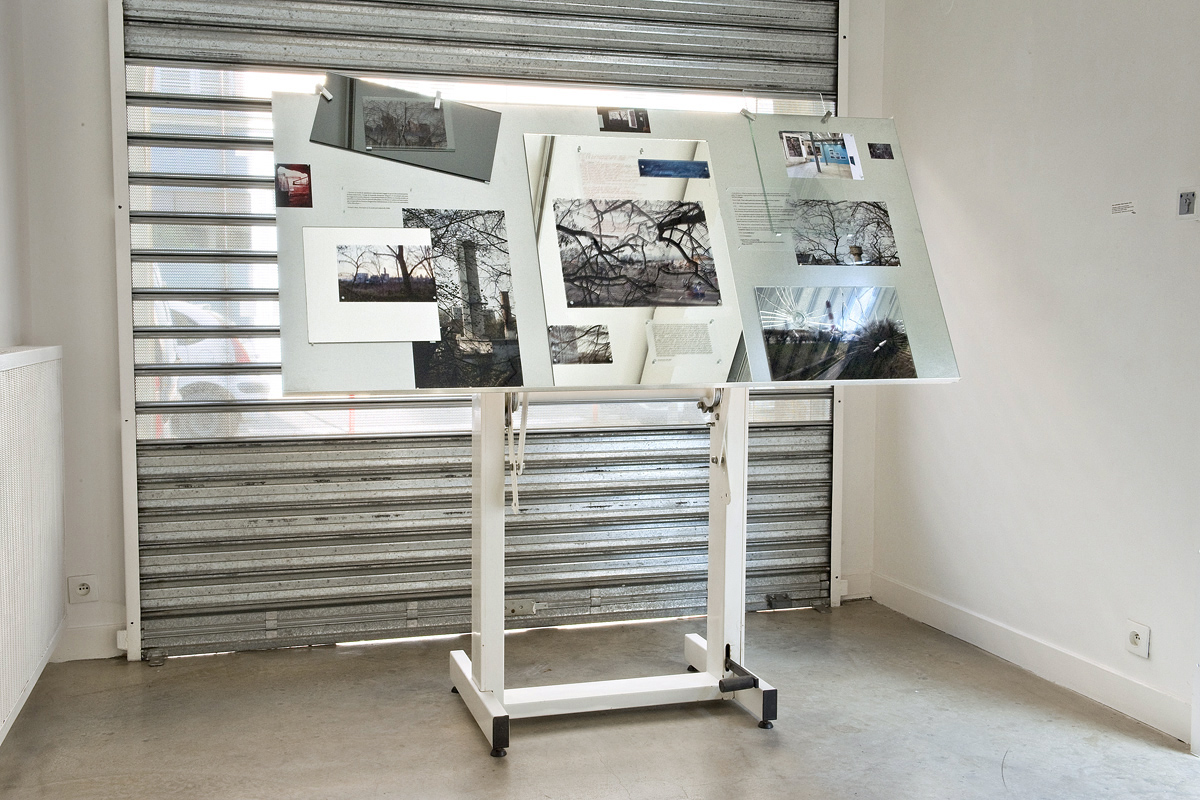
Installation view of Fractal Table#1, V5 (On Fractals) by Marc Lathuillière at Galerie Binome, Paris, 2018
In this sense, Fractal Table is probably the most accomplished piece in my recent practice. Restored and modified, the discarded technical drafting table summons the industrial world it once served into the gallery. On its sloping steel tray – a reference both to library lecterns and to the steel walls where prints are hung with magnets in labs – I place test prints, screenshots, on mirrors or under glass plates, as well as excerpts from my essay and other authors: the fragmented form of these compositions evokes the windows of computer screens, the same screens that made drafting tables obsolete. By extracting the text and the image from their usual formats – the page and the wall – and bringing them together on a table that is both reflective and reclining from 0 to 180 degrees, I am indeed seeking to create a crossover of planes.
In fact, my exhibitions often include an installation that summarises the contradictions I have established, opening them up to new perspectives. Even when presented on the wall, I see their composite nature as spaces where visitors can pause and exchange. It is also in that way, through speech, that words and images can meet.
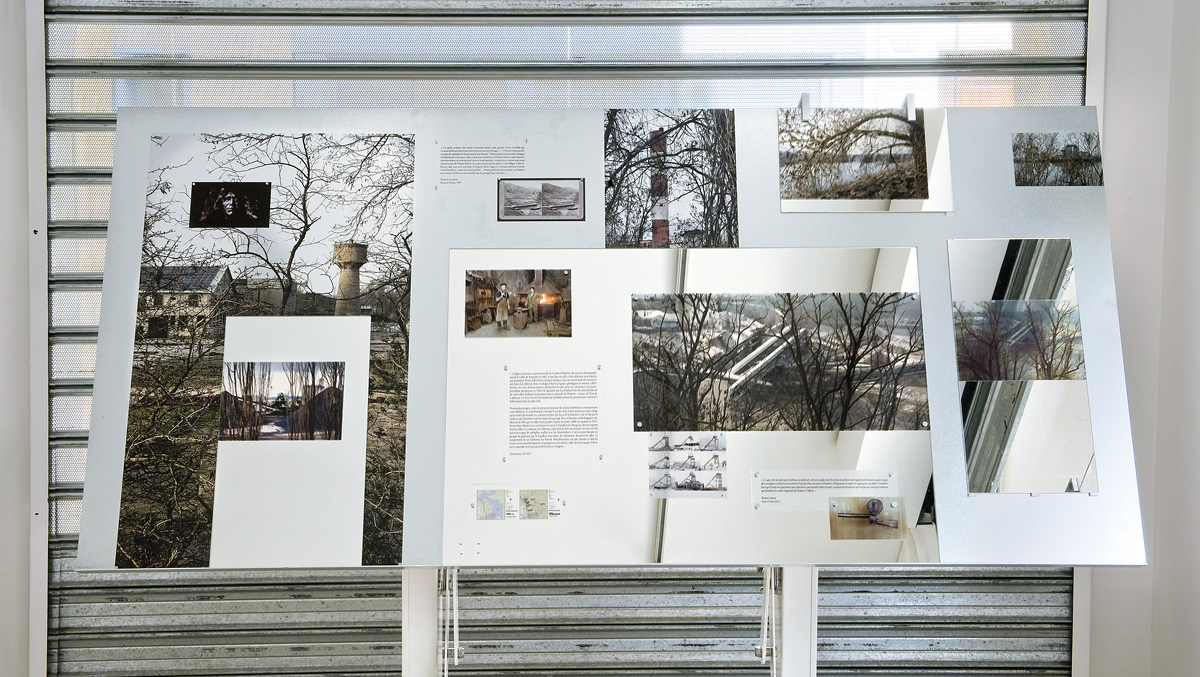
Installation view of Fractal Table#1, V4 (On Extraction) by Marc Lathuillière at Galerie Binome, Paris, 2018
HC: In your forthcoming essay you mix fragments of your diary, political, philosophical, anthropological reflections about territory, and photographic critique, favouring distinctive writing registers or tones. Similarly, in Fractal Spaces, we perceive several visual registers or artistic genres – landscape, portrait, conceptual art, performance – intertwined with one another. In the exhibition I was struck by a photograph entitled The Drain, an obvious reference to Jeff Wall’s iconic photograph from 1989, which itself revisits Cézanne’s painting Le Pont de Maincy (1879). Your work thus seems to be built with various processes of mise en abyme. Do you see the layering of references as an appropriate way of highlighting the plural truths of the work?
ML: The truth of the work, of the world, and my own. As you said, I did not study art, nor did I initially work in that field, so I bring my previous experiences into my practice. This is what I call being ‘exo-taught’ rather than self-taught. Learning from the outside. Like exogamy, marriage to an individual outside of a community or tribe, as opposed to endogamy, marriage with an individual from the same group. Positioning oneself at the crossroads of multiple experiences is a bit like becoming what anthropologist Michel Agier calls a ‘borderman’ I feel that in a world where identities are increasingly hybrid, society expects us artists to produce prototypes of that figure.
However, every photograph, whether you take it or look at it, conceals a dizzying pile of earlier images, scholar or vernacular. We can only decode a few at best. In the case of The Drain, I feel embarrassed to have borrowed the title from Jeff Wall, it had slipped from my mind. On the other hand, I did have Wall’s photograph in mind when I selected this view, and the fact that he was referring to Cézanne as much as he was pointing to Courbet’s La Source de la Loue. But my drain pipe also echoes to an origin of the world, in a version whose nature would be equally feminine and masculine, vaginal and phallic.
While these references are present in my work, I try to provide a primary layer of reading to make it accessible to those who may not perceive certain codes. This surface coding acts as an invitation to delve deeper into what you appropriately referred to as layering. In Fractal Spaces, the curtain of branches is also there to encourage the viewer to look through and plunge into the depth of the landscape-mirrors. The world has become complex, multi-scalar, and, as philosopher Anne Cauquelin claims, made less of landscapes than of sites: hyper-connected spaces where nature and man are now struggling together. Art must account for this.
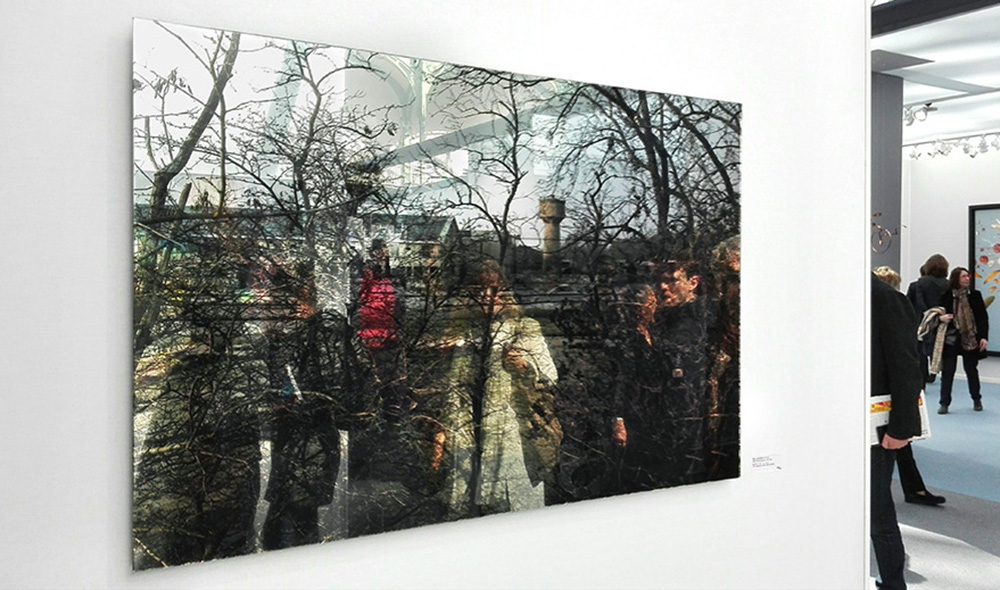
Installation view of La Friche [The Brownfield Site] (2019), from the series Fractal Spaces by Marc Lathuillière at Galerie Binome, Paris, 2018
HC: There are several bridges between literature and photography in the series National Museum and Fractal Spaces, which seem to me to be mostly articulated around the motif of duplication: the mask in National Museum, through which the portrait finally becomes landscape, and the reflection of the viewer in the mirroring surfaces of Fractal Spaces, which insert a portrait into the landscape. Similarly, Territorism raises the question of the narrator’s ubiquity. How would you explain the ‘I is another’ leitmotiv and, by extension, the notion of reversal of situation?
ML: When I was a reporter, what I liked most was to find myself where I was not in my place: being the only European at a meeting for the founding of an Islamist party in Yemen, or being the only white guy at a hip hop party in New York where, not incidentally, I found myself nicely taunted in a slam. For me, it seems important for the artist to adopt the anthropological position of not belonging, like the photographer moving in space as would a dancer: he goes where no one expects him, not even himself sometimes. As for me, not to settle on the territory, and moving along as soon as it solidifies in my work, is a personal ethical choice. Hence the radical shift between the masked portraits in National Museum, which my work has too often been summed up to, and the landscapes on mirrors in Fractal Spaces. The world, notably the art scene, is filled with power structures that assign you to and lock you in one form or another. I think that my job as an artist is to try to reveal and evade them. In National Museum, the point was to mask the French people in order to expose our dangerous inclination to preserve everything as heritage, and thus to freeze our identity in archetypes that may be paving the way for xenophobia. In Fractal Spaces, as in Territorism, I try to loosen the stranglehold of territorial documentary photography, which assumed a dogmatic status since the New Topographics.
This involves the notion of displacement in the image. At the beginning of my critical reflection about landscape in 2013, I was quite impressed by the rather mischievous phenomenology of philosopher Clément Rosset, according to whom our relationship to the real is silly: at once determinate – there is indeed a tangible world – and indeterminate, in so far as it is impossible to clearly specify. I seek to establish this uncertainty by blurring, through reflection, the boundaries between the subject who is watching and the nature-object being looked at.
HC: Photographer and writer Denis Roche spoke of the literality of photography as opposed to the ‘symbolishness’ sometimes found in contemporary literature. In Territorism, you denounce that neutral and literal relationship to the real that seems to have become commonplace in territorial photography; your images adopt staging and irony in National Museum or revisit the sublime romanticism and imaginary of ruins in Fractal Spaces. For you, is it necessary to overturn the old writing codes – especially the visual ones?
ML: In the life of an artist or of an artistic trend, the moment of movement is often too short. That instance of invention or creativity quickly formally congeals, thus becoming imitable and reproduced, degraded to the rank of mere commodity for the market and institutions. But it is in that initial moment of emergence that a work of art still somewhat escapes this exploitation. This is what must encourage us to shake codes, if not old ones, at least dominant ones: those that have taken a position and are standing in the way of a perception of the world that is circulating fast in chaotic fluxes. We must not forget that even tamed in their frames, images carry a performative power. They shape our relationship to the world, sometimes in problematic ways, especially when they bring us to a standstill and blind us to danger.
For the most part, my photographs are views I authored, not appropriated, though they allow me to divert existing stereotypes: the vernacular of tourism in National Museum and the elitism of contemporary landscape photography in Fractal Spaces. Particularly in the latter where, by using the mirror effect, I try to frustrate the freezing and archival power of a documentary practice that, via its literality and so-called ‘neutrality’ modelled after the administration’s codes, prevents us from projecting ourselves into the complexity of the world as it is occurring.
Since you were talking about symbols, it is perhaps to this that The Drain is a form of response. With its shimmer and the layers of images it summons it allows us to project ourselves into a new relationship with nature. The image basically represents a source, the place of emergence, even if it is degraded into a pipe. And it plays its little music: the necessary notion – and I am stealing it from Heidegger – that a work of art holds open ‘the open of the world’.[3]
HC: You curated Michel Houellebecq’s exhibition Before Landing at Pavillon Carré de Baudouin, Paris, in 2014, and he wrote a text about your series National Museum. Can you tell more about the proximity of your universes?
ML: This collaboration illustrates how I like to activate image and literature in feedback loops. I like to explore the links between my work and the texts of contemporary authors who inspire me. Reading Houellebecq’s The Map and the Territory (2010), I discovered disturbing connections with National Museum. Though I look nothing like Jed Martin, the fictional artist whose life is the subject of the novel and who paints the old trades, his first subjects are a café owner and a butcher, both important figures in my photographs. Clearly, Houellebecq and I were the only two creators to work on what we ended up referring to as France’s ‘museumification’: an inflation of heritage conservation that congeals our identity in a touristic staging of the country.
However, the point of contact with Houellebecq was when I discovered his photographs. I noticed that many of his landscapes were captured at a slightly dominant angle, at 30 to 40 degrees, much like Jed Martin when he photographed Michelin maps in one of his series. I believe it is because I had identified the matter from an approach angle, a form of landing perspective, a major point in his literature, that he agreed to come along with me on Le Produit France [The Product France], our joint presentation for the Month of Photography in Paris. In the first section, I was the curator of Before Landing, while in the second section, he supported my exhibition of National Museum at Galerie Binome with a text. The exchange allowed for texts and images, but also reality and fiction, to respond one another. In The Map and The Territory, Jed Martin was met with success thanks to a text written by a writer: Michel Houellebecq himself.
This first experience convinced me to explore the possibilities of circulation between image and text. Last year, in the exhibition L’Anthropologue et le Photographe [The Anthropologist and the Photographer] at La Friche La Belle de Mai in Marseilles, I invited Marc Augé to display his writings in dialogue with my photographs. Neither approaches illustrated the other, but thanks to François Saint Pierre’s curation that presented the texts as life-size pages, each world shed a new light onto the other. In the end, an approach that could be summed up in Pessoa’s words: ‘Each of us is sailing to themselves and stops at other people’s along the way’. Now it is time for my Fractal Table to take me to new routes.
[1] A small and mostly uninhabited archipelago in southern Brittany, France.
[2] M. Agier: La condition cosmopolite – L’anthropologie à l’épreuve du piège identitaire, Paris 2013.
[3] M. Heidegger: Off the Beaten Track, transl. ed. J. Young and K. Haynes, Cambridge 2002.
Héloïse Conésa is an art historian and the Curator of Contemporary Photography at the Bibliothèque Nationale de France (BnF). She holds a PhD on contemporary Spanish photography and has curated exhibitions at the Museum of Modern and Contemporary Art in Strasbourg. In 2017 she exhibited Marc Lathuillière’s works as part of Paysages français, a retrospective on French landscape photography that she co-curated at the BnF.
Paris-based artist Marc Lathuillière misuses photography to explore the representation of contemporary societies. Political and anthropological, his work aims at deconstructing cultural boundaries, and involves curation and writing. His work was recently exhibited at Galerie Binome in Paris, Photoszene in Cologne, Photo Bangkok and Le Creux de l’enfer contemporary art center in Thiers (Lyon Biennale).
Translated from French by Frédérique Destribats. Translation supported by David Solo.
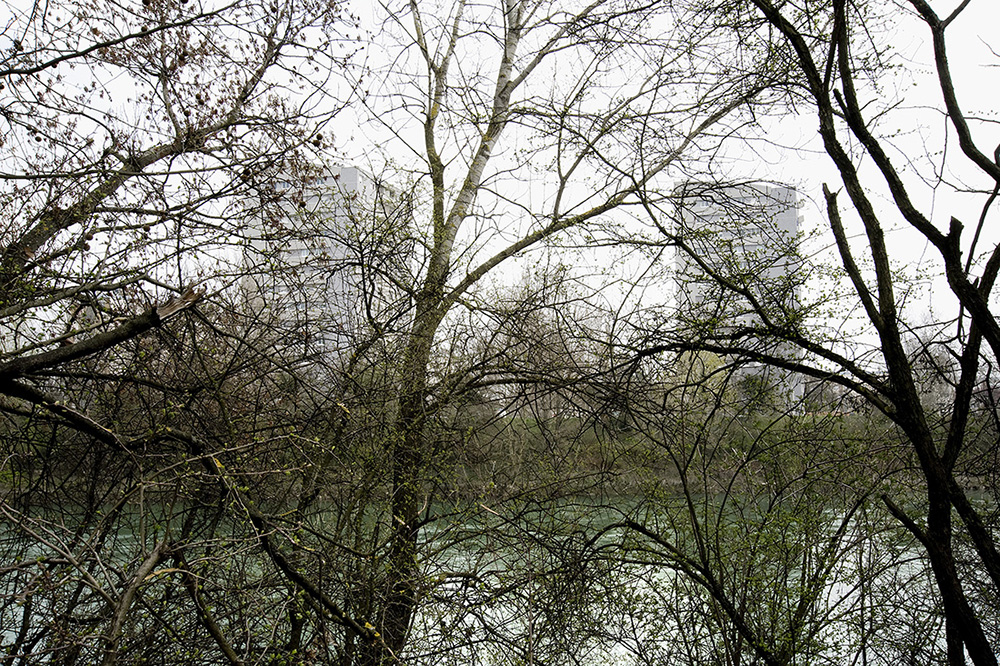 Marc Lathuillière, Les Tours [The Towers] from the series Fractal Spaces, 2013, courtesy the artist
Marc Lathuillière, Les Tours [The Towers] from the series Fractal Spaces, 2013, courtesy the artist
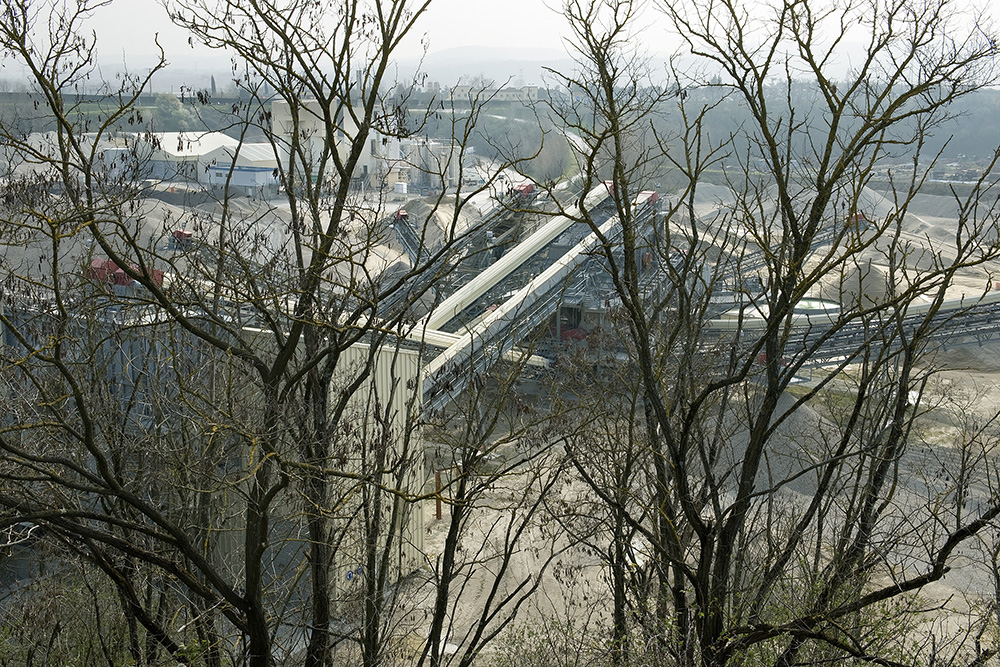 Marc Lathuillière, L' Extraction [The Extraction], from the series Fractal Spaces, 2016, courtesy the artist
Marc Lathuillière, L' Extraction [The Extraction], from the series Fractal Spaces, 2016, courtesy the artist
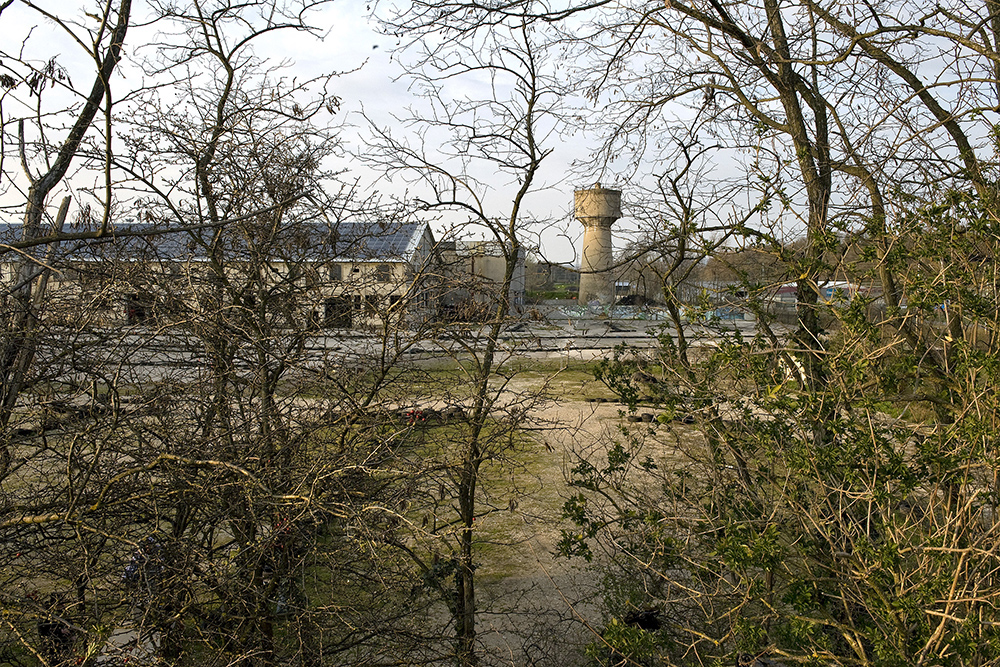 Marc Lathuillière, La Friche [The Brownfield Site], from the series Fractal Spaces, 2016, courtesy the artist
Marc Lathuillière, La Friche [The Brownfield Site], from the series Fractal Spaces, 2016, courtesy the artist
 Marc Lathuillière, Le Drain [The Drain] , from the series Fractal Spaces, 2016, courtesy the artist
Marc Lathuillière, Le Drain [The Drain] , from the series Fractal Spaces, 2016, courtesy the artist
 Marc Lathuillière, Le Siphon [The Siphon] , from the series Fractal Spaces, 2016, courtesy the artist
Marc Lathuillière, Le Siphon [The Siphon] , from the series Fractal Spaces, 2016, courtesy the artist
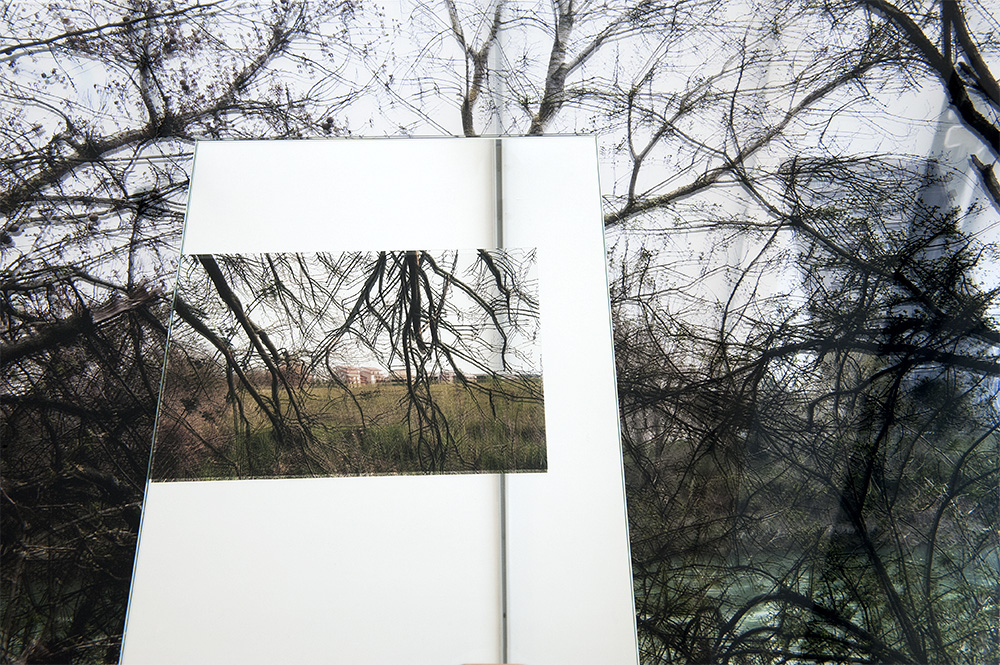 Detail from Fractal Table by Marc Lathuillière, courtesy the artist
Detail from Fractal Table by Marc Lathuillière, courtesy the artist
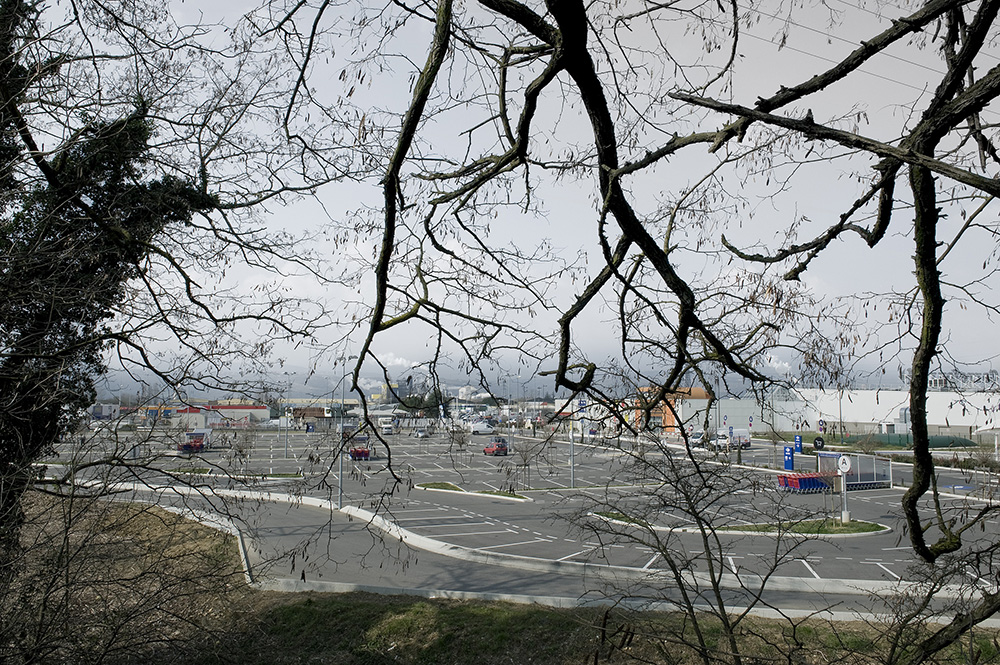 Marc Lathuillière, Le Parking d'Hypermarche [The Superstore Parking Lot], from the series Fractal Spaces, 2016, courtesy the artist
Marc Lathuillière, Le Parking d'Hypermarche [The Superstore Parking Lot], from the series Fractal Spaces, 2016, courtesy the artist
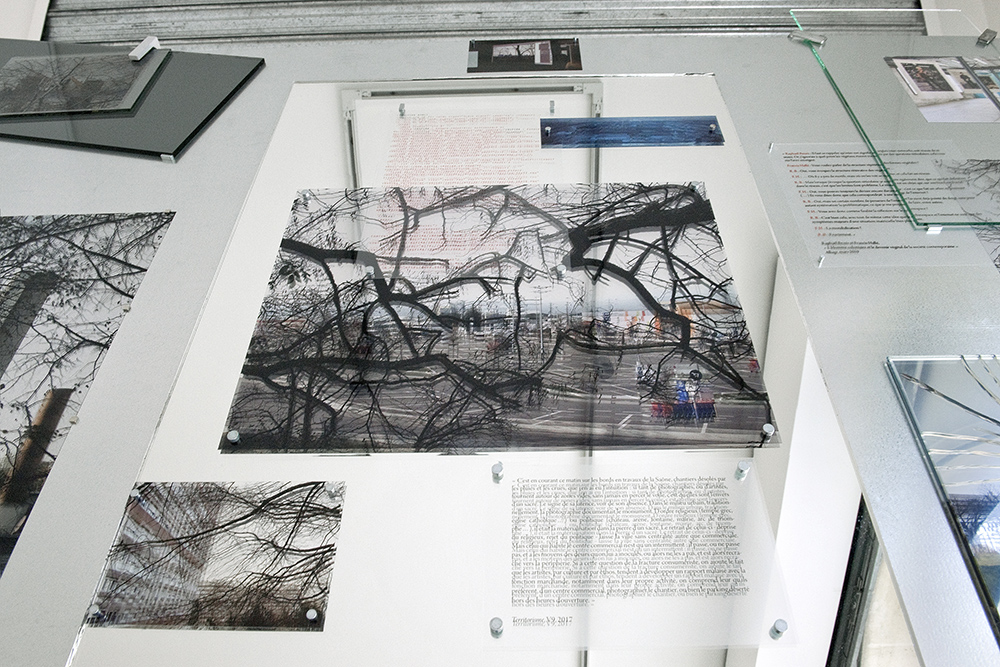 Detail from Fractal Table by Marc Lathuillière, courtesy the artist
Detail from Fractal Table by Marc Lathuillière, courtesy the artist
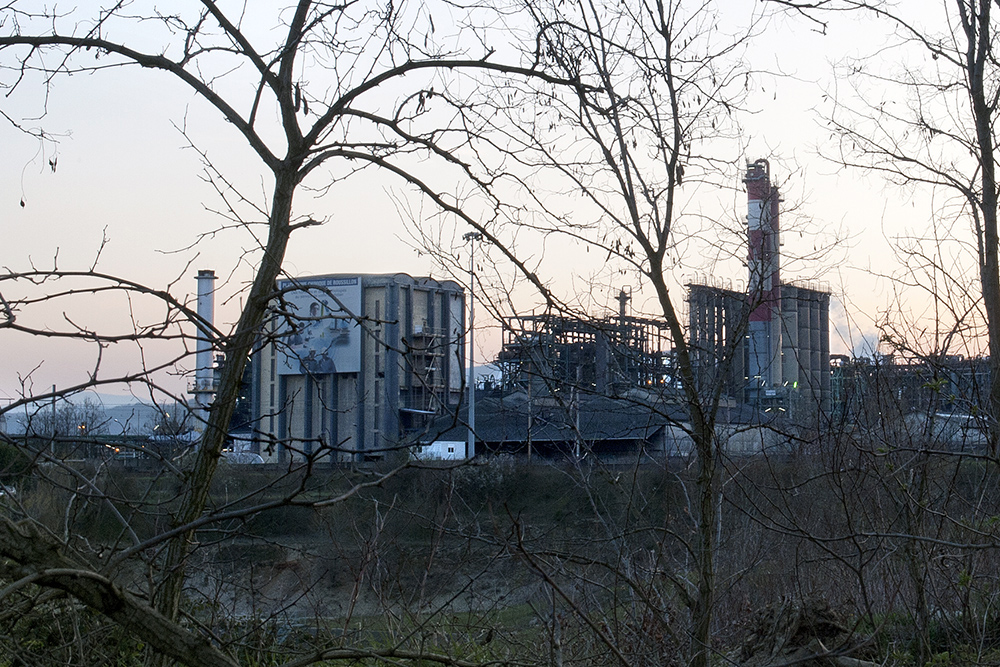 Marc Lathuillière, La Zone Chimique [The Chemical Park], from the series Fractal Spaces, 2016, courtesy the artist
Marc Lathuillière, La Zone Chimique [The Chemical Park], from the series Fractal Spaces, 2016, courtesy the artist
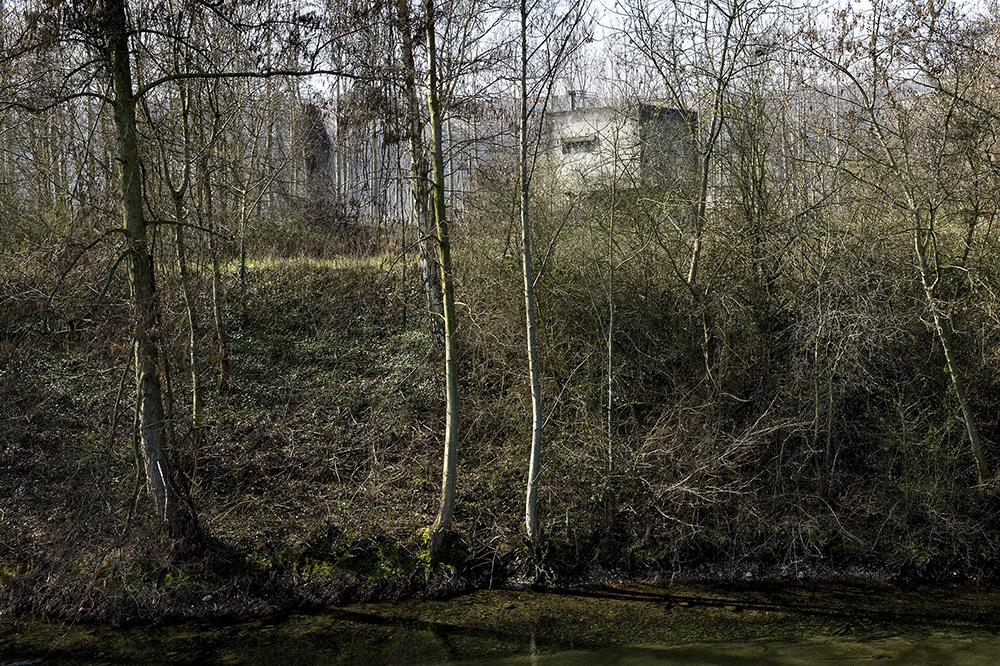 Marc Lathuillière, Le Transformateur [The Transformer], from the series Fractal Spaces, 2016, courtesy the artist
Marc Lathuillière, Le Transformateur [The Transformer], from the series Fractal Spaces, 2016, courtesy the artist



